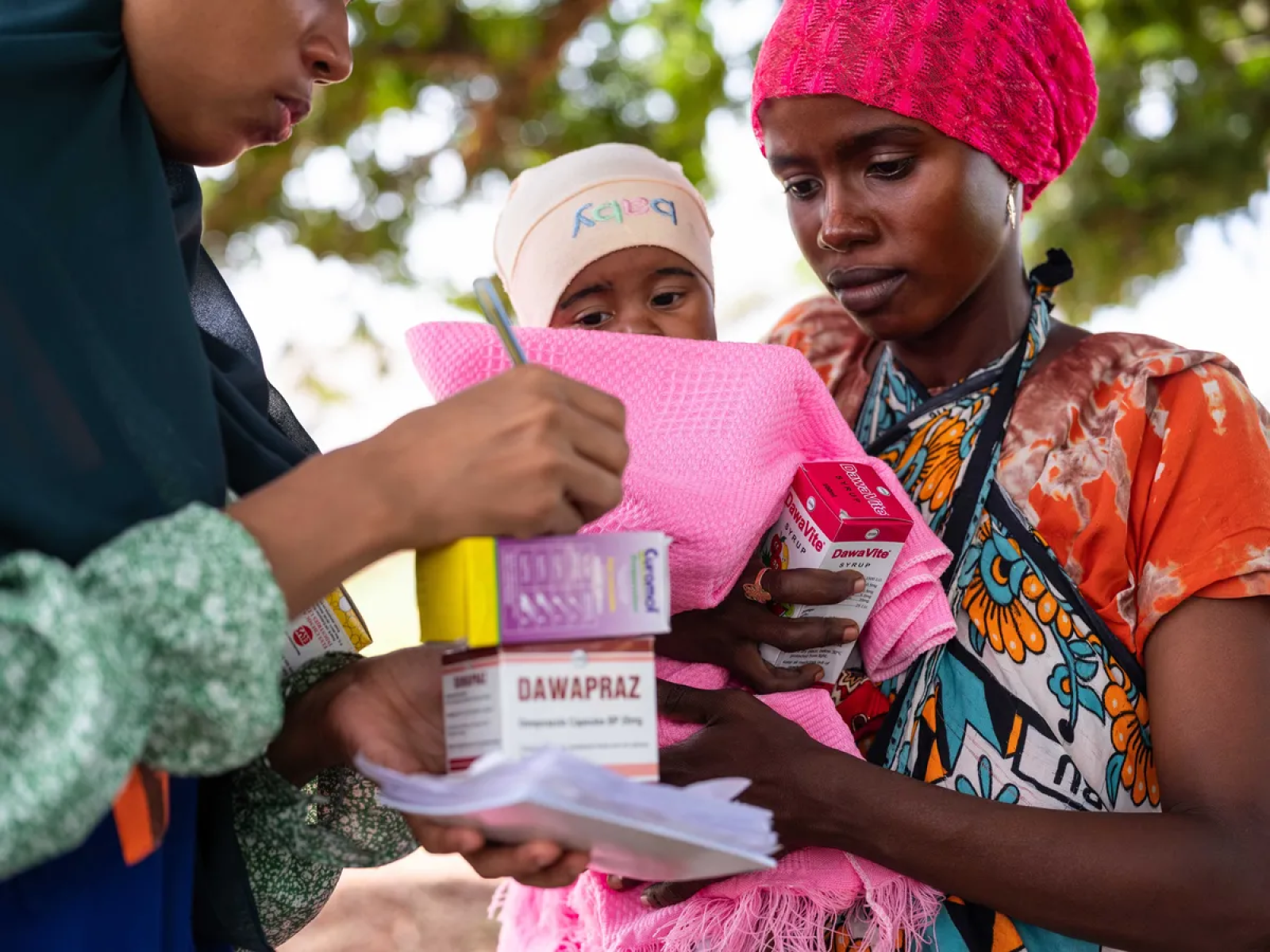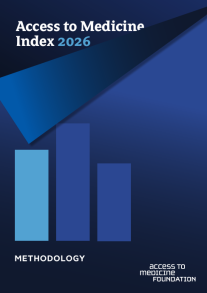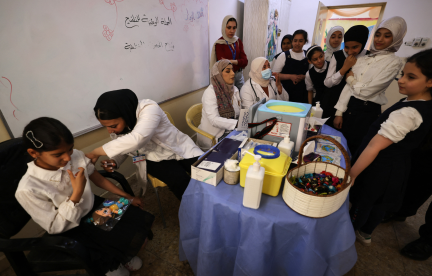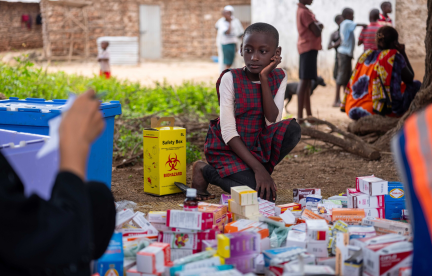2026 Index Methodology zeroes in on scalable actions capable of delivering lasting impact for more people
Refinements to the 2026 Index Methodology are designed to ensure it reflects evolving stakeholder expectations and remains responsive to the shifting landscape.
Changes to indicators that assess company performance, practices and policies include an updated definition of inclusive business model (IBM) and refinements to patient reach parameters.
The disease scope has been updated since the 2024 Index; adjustments include the addition of Noma disease, Mpox (monkeypox) and kidney cancer.

Now in its tenth edition, the 2026 Access to Medicine Index comes at a pivotal moment for global health. As donors rethink priorities amid geopolitical pressures and public funding for health programmes tightens, the choices pharmaceutical companies make on innovation, delivery, affordability and support for health systems in low- and middle-income countries (LMICs) will matter more than ever.
To ensure the Foundation’s assessment of company actions remains responsive to this shifting landscape, the Methodology for the 2026 Access to Medicine Index includes several key refinements. The definition of inclusive business models (IBMs) has been updated to recognise IBMs that demonstrably deliver sustainable access and to guide companies toward effective implementation. The patient reach indicator and assessment parameters have also been revised to provide companies with clearer expectations and guidance, building on its introduction as a priority topic with a standalone indicator in the 2024 Access to Medicine Index. The methodology also takes a closer look at how companies work to ensure uninterrupted supply of their products and support local availability in LMICs. In addition, it will assess companies' efforts to forge new and stronger partnerships that can help broaden access and reach more people in LMICs.
“After nearly two decades of tracking and analysing company performance, we’ve established a strong evidence base on what drives progress in access. Building on this, refinements have been made to the 2026 Methodology to sharpen focus on the concrete steps companies take to improve access to their lifesaving products, not just what is promised on paper.”
What will the Index measure?
The 2026 Index Methodology will analyse the same 20 pharmaceutical companies using 29 indicators (down from 32 in 2024). These are organised in the established three Technical Areas – Governance of Access, Research and Development and Product Delivery – which are divided into the same 15 priority topics.
At a glance: Analytical scopes for 2026
20 research-based pharmaceutical companies
Companies are selected based on their market capitalisation, revenue and the relevance of their product portfolios and pipelines for the diseases and countries in scope of the Index.
113 low-and-middle income countries (LMICs), where better access to medicine is most urgently needed.
All countries that were included in the 2024 Index will continue to be part of the scope. There are no new additions for this iteration of the Index.
84 diseases, conditions and pathogens that disproportionately impact people living in LMICs.
24 communicable diseases
16 non-communicable diseases
21 neglected tropical diseases
10 maternal and newborn health conditions
13 priority pathogens
8 product types
This scope is deliberately broad in order to capture the wide-ranging product types available to support the prevention, diagnosis and treatment of relevant conditions and diseases in countries covered by the Index.
Medicines
Microbicides
Preventative vaccines
Therapeutic vaccines
Vector control products
Platform technologies
Diagnostics
Contraceptive methods and devices
All the scopes and indicators, including descriptions and rationales for changes, are listed in the 2026 Index Methodology Report. The process of data collection, verification, scoring and analysis will now begin, with the 2026 Access to Medicine Index slated for publication in November next year.
Developing the Methodology for the 2026 Access to Medicine Index
The publication of each Access to Medicine Index is the culmination of a two-year process known as the ‘Index cycle’, which starts with an extensive review of the Index methodology. The 2026 Methodology review began in 2025, with the Foundations’ Index Research Team carrying out an internal review of the analytical framework, scopes and indicators. At the same time, the team conducted consultations with over 80 stakeholders and experts to refine the methodology and reach consensus on enhancing metrics.
This process concluded with a review of the proposals for the scopes, structure and analytical approach of the 2026 Index and ratification of the final methodology by the Expert Review Committee (ERC). The resulting consensus has now been translated into a refined set of metrics that will help ensure the upcoming 2026 Index remains a rigorous tool for assessing company performance – and continues to serve as an effective guide for driving meaningful change in access to medicine and reaching more people in LMICs with essential products.
Tenth iteration of the Access to Medicine Index
Since 2008, the Access to Medicine Foundation has published its biannual Access to Medicine Index, which evaluates and compares 20 the world’s largest research-based pharmaceutical companies on their efforts to expand access to their innovative products in LMICs. The 2026 Access to Medicine Index will be the 10th edition of the Index, marking over two decades in assessing the pharmaceutical industry’s actions to improve access to medicine in LMICs.
The Index is funded by the UK Foreign, Commonwealth and Development Office, the Dutch Ministry of Foreign Affairs, Gates Foundation, The Leona M. and Harry B. Helmsley Charitable Trust, Wellcome Trust and Stewart Investors.



